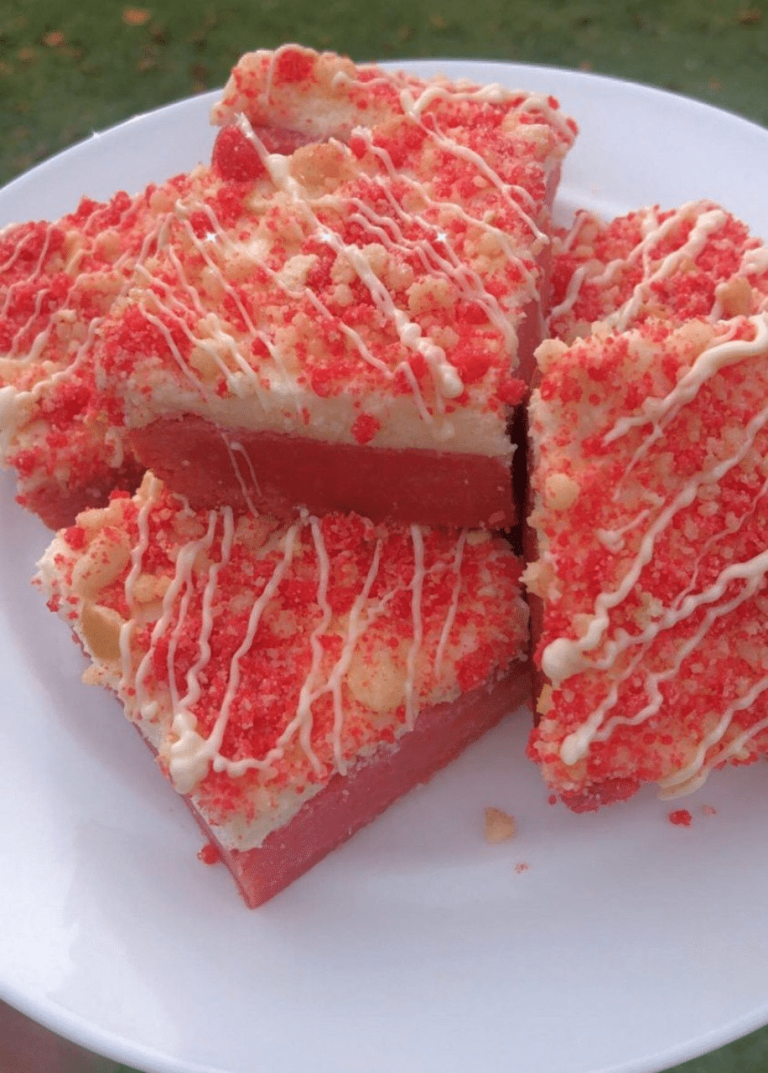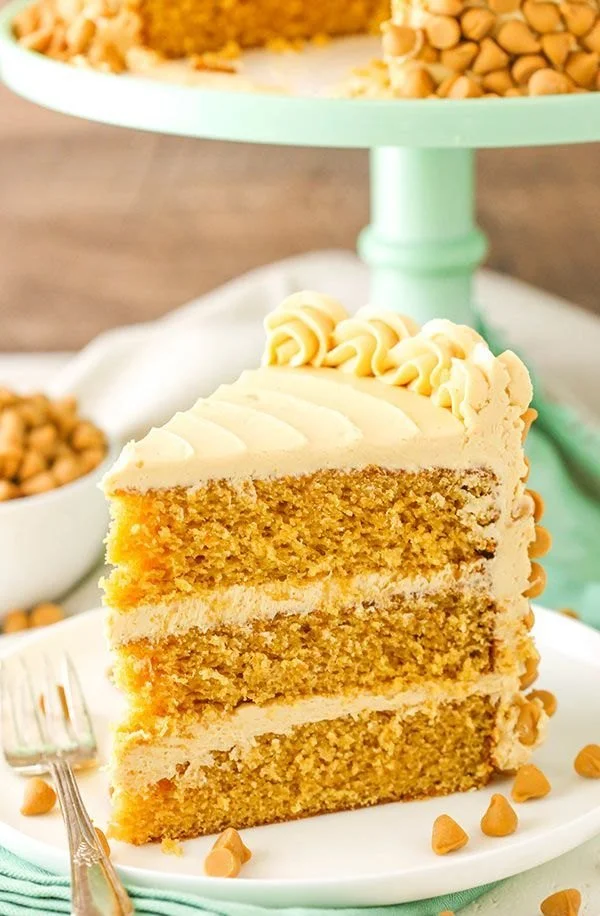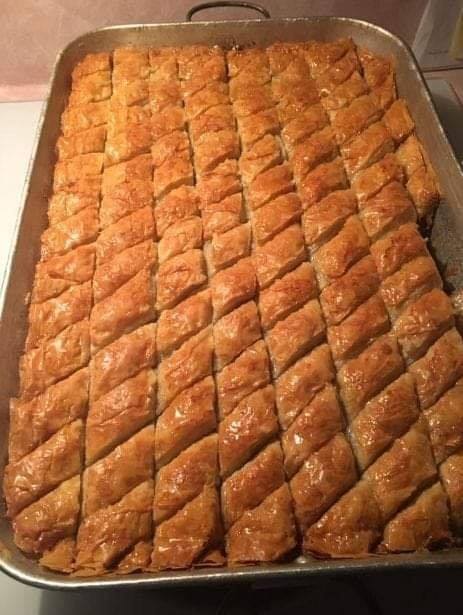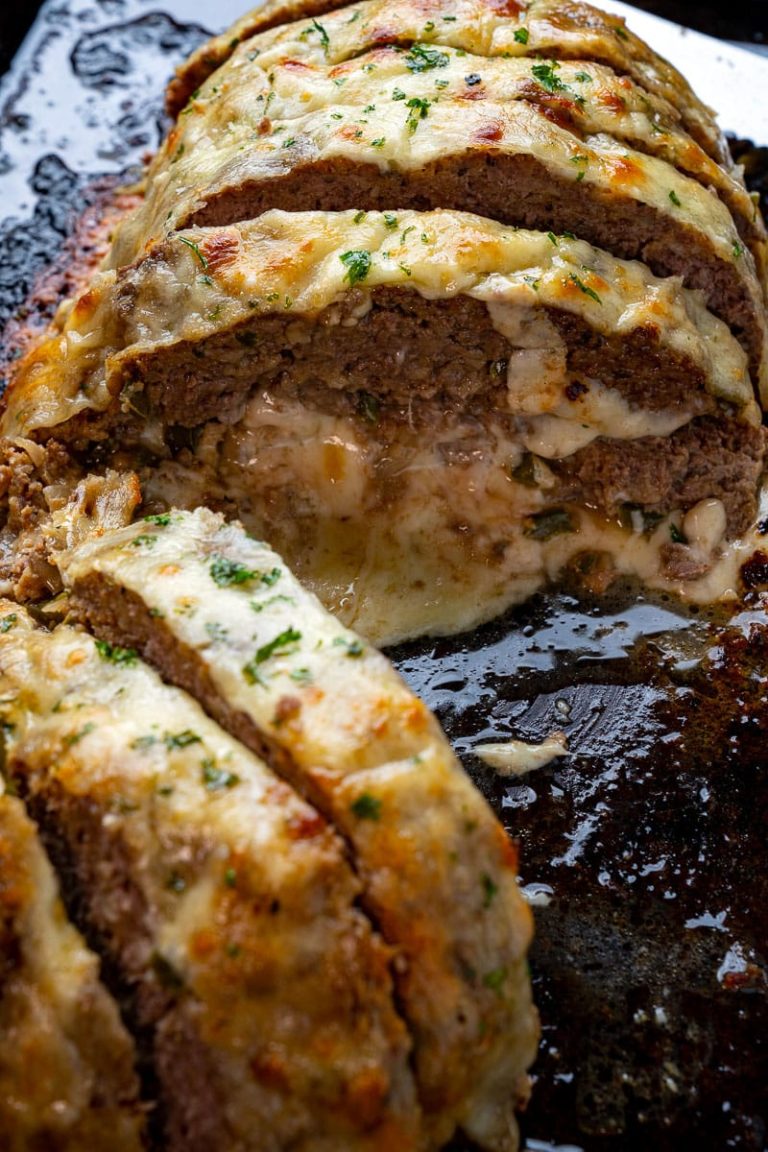Chiffon Cake Recipe

My Fluffiest Memory: The Chiffon Cake Recipe That Feels Like a Hug
If I close my eyes, I can practically taste it: that impossibly light, melt-in-your-mouth chiffon cake that always graced our family table for birthdays and lazy Sunday afternoons. Maybe you grew up with the gentle vanilla aroma wafting from the kitchen too, or maybe (like me) you first tasted this airy classic at a friend’s house and immediately had to learn how it was made. Chiffon cake is one of those magical desserts that offers comfort and celebration in every bite—a true classic for a reason.
I’m excited to walk you through my go-to chiffon cake recipe today. Whether you’re a seasoned baker or just getting started, this cake is about to win you over with its soft texture, subtle sweetness, and a little nostalgia baked right in.
Why You’ll Adore This Chiffon Cake Recipe
Alright, let’s talk heart-to-heart—here’s why I honestly believe you’ll fall head over heels for this homemade chiffon cake:
- Ultra-light yet moist: Thanks to a delicate dance between whipped egg whites and just the right touch of oil, each forkful is feathery-soft but never dry (basically the best texture ever).
- Perfect balance of flavors: It’s just sweet enough, with a gentle vanilla essence and a hint of richness—nothing overpowering.
- Versatile for any celebration: Dress it up with whipped cream and berries, serve it plain with a cup of tea, or transform leftovers into an elegant trifle. This easy cake recipe fits every occasion.
- Actually therapeutic to bake: There’s something soothing about watching egg whites become clouds and transforming ordinary pantry staples into bakery-worthy goodness (seriously, baking chiffon cake is my favorite form of stress relief).
Ingredients You’ll Need for Chiffon Cake
Here’s what you’ll need to gather for this fluffy chiffon cake recipe—and a few notes from my own kitchen!
- 1 cup (125g) cake flour or all-purpose flour sifted with 1 tbsp cornstarch: Cake flour gives you the softest crumb, but all-purpose + cornstarch totally works in a pinch.
- 3/4 cup (150g) granulated sugar, divided: Use superfine sugar if you have it—it dissolves quickly (and helps keep those egg whites glossy).
- 1/4 cup (60ml) vegetable oil: Neutral oil (like canola or sunflower) keeps the cake tender and lets the delicate flavors shine through.
- 1/3 cup (80ml) water or milk: Water makes it lighter, milk adds a touch more richness.
- 1/2 tsp vanilla extract: Go for pure vanilla if you can—it makes a difference!
- 1/4 tsp salt: Don’t skip this; it enhances everything else.
- 1 tsp baking powder: For that signature rise and springiness.
- 3 egg yolks (room temp): Save those whites—we’ll need them very soon.
- 4 egg whites (room temp): They’re the ticket to a pillowy chiffon texture.
- 1/4 tsp cream of tartar or 1 tsp lemon juice: Stabilizes your meringue, ensuring a dreamy lift.
Pro tip: Let your eggs come to room temperature before starting—your batter will thank you!
Step-by-Step Guide: Making the Perfect Chiffon Cake
Ready to bake the best chiffon cake ever? Here’s how to do it, one reassuring step at a time:
- Preheat your oven to 160°C (320°F). (No fan, if possible, for even baking!)
- Do not grease your cake pan. The batter needs to cling to the sides so it rises sky-high. Trust me—this is key for that signature chiffon height.
- Whisk egg yolks, 1/4 cup sugar, oil, water (or milk), and vanilla. Blend till everything’s smooth and a bit glossy—no lumps allowed!
- Sift in flour, baking powder, and salt. Stir gently until you have a uniform, lump-free batter. (Over-mixing? Not here.)
- In a super clean bowl, beat egg whites until foamy. Add your cream of tartar or lemon juice, then gradually beat in the remaining 1/2 cup sugar. Whip till you see glossy, stiff peaks (think “clouds that hold their shape”).
- Gently fold egg whites into the yolk mixture in three stages. Take your time—this is where the chiffon cake gets its airy lift. Use a spatula and a light hand.
- Pour the batter into your ungreased 8-inch round pan. Gently tap the pan on your counter to get rid of big air bubbles lurking inside.
- Bake for 35–40 minutes. Your cake should be beautifully golden and spring back when touched. A skewer should come out clean.
- Immediately invert the pan (upside down!) and let cool completely—either balanced on a bottle or just flipped over on a wire rack. This step prevents shrinking (and trust me, it makes a difference!).
- Gently run a knife around the edge once cool, and unmold. Stand back and admire your creation—it’s seriously a little masterpiece.
My Secret Tips and Tricks for Chiffon Cake Success
I’ve baked a lot of cakes, and here’s what I wish every first-time baker knew:
- Room temp eggs make all the difference—they whip up higher and blend in more smoothly.
- No grease = taller cake: It bears repeating! Greasing the pan will keep your cake from rising properly, so skip it for this recipe.
- Folding technique matters: Use a wide spatula and turn the bowl as you go. Over-mixing deflates the batter, so stop as soon as the streaks disappear.
- Invert to cool: This keeps your chiffon from collapsing. Don’t be afraid to grab a bottle or a mug—whatever works to keep the cake pan suspended!
If your chiffon cake ever seems flat or dense, it’s almost always from over-mixing or under-beaten egg whites. But don’t worry—practice really does make perfect, and even a “mistake” tastes pretty darn delicious.
Creative Variations and Ingredient Swaps
Chiffon cake is a blank canvas—get creative! Here’s how I love to riff on the original:
- Citrus twist: Swap out vanilla for lemon or orange zest and juice for a zippy, summertime spin.
- Chocolate lovers: Add 2 tbsp of cocoa powder to the flour, or fold in a handful of mini chocolate chips.
- Gluten-free: Use a gluten-free flour blend in place of regular flour (just check that it includes xanthan gum for best results).
- Dairy-free: Stick to water or your favorite plant-based milk; coconut milk is especially dreamy here.
You can also bake chiffon cake in muffin tins for dainty “chiffon cupcakes”—perfect for showers or brunches. Really, this easy chiffon cake recipe shines however you serve it!
How to Serve and Store Your Chiffon Cake
Okay, you’ve baked your masterpiece—now what?
- Serving: Chiffon cake is lovely plain, but it’s even better with whipped cream, fresh berries, a dusting of powdered sugar, or a drizzle of lemon glaze. (It’s also fantastic paired with fruit compote or a scoop of vanilla ice cream—just saying.)
- Storing: Once completely cool, cover your cake with plastic wrap or store in an airtight container at room temperature for up to 2 days. For longer storage, pop slices in the fridge (they’ll stay moist for about 4 days), or freeze individual portions for up to 2 months.
This homemade chiffon cake is best enjoyed the day you bake it, but leftovers make ridiculously good trifle desserts if you want to get fancy later!
FAQs: Your Top Questions About Chiffon Cake Recipe Answered
Q: What’s the difference between chiffon cake and sponge cake?
A: Chiffon cakes contain oil (for added tenderness), while sponge cakes usually rely only on eggs for lift. The result? Chiffon has a moister, more delicate crumb—ideal for those who want a light yet satisfying dessert.
Q: Can I use only all-purpose flour?
A: Absolutely! Just add that tablespoon of cornstarch to your all-purpose flour—it helps mimic the lower protein content of cake flour, giving you a tender, fluffy texture.
Q: Why invert the pan after baking?
A: Cooling the cake upside down prevents it from collapsing, making your chiffon cake miles fluffier. It feels weird, I know, but trust the process!
Q: Can I make this chiffon cake recipe ahead of time?
A: Totally! Bake the cake the day before your event and store tightly wrapped (unfrosted is best). It’s a lifesaver for big gatherings or meal prep.
Q: My chiffon cake collapsed! What went wrong?
A: It’s usually from under-whipped egg whites, over-mixed batter, or cooling right-side-up. Remember: gentle folding and upside-down cooling are your best friends for chiffon cake success.
If you try this chiffon cake recipe, let me know how it goes! Tag me in your kitchen adventures—I love seeing every “cloud slice” you make. There’s something so special about sharing a classic cake, whether it’s for a celebration or just a simple treat for yourself. Happy baking, friends!





